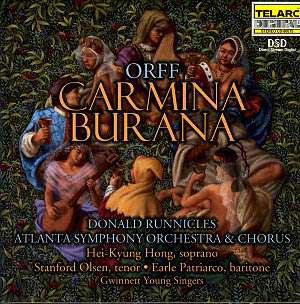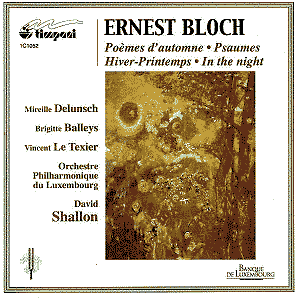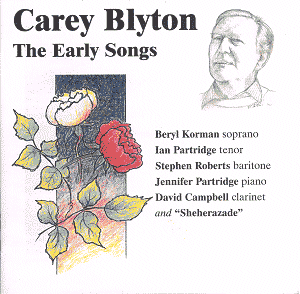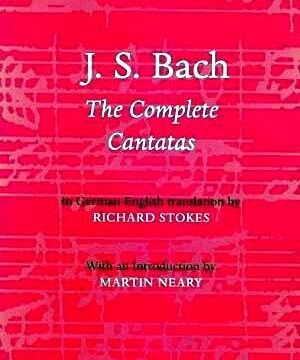 Composer: Carl Orff
Composer: Carl Orff
Works: Carmina Burana
Performers: Hei-Kyung Hong (soprano), Stanford Olsen (tenor), Earle Patriarco (baritone), Gwinnett Young Singers, Atlanta Symphony Chorus and Orchestra, Donald Runnicles (conductor)
Recording: 4th-5th November 2000, Symphony Hall, Woodruff Arts Centre, Atlanta, Georgia
Label: TELARC CD-80575 [59’42”]
Carl Orff’s Carmina Burana, composed in 1936, continues to captivate audiences with its primal energy and vivid theatricality, drawing upon a collection of medieval poems that celebrate the joys and sorrows of life. The work’s revival in the 20th century was not merely a resurgence of interest in the past but an artistic statement about the human condition, framed by Orff’s distinctively rhythm-driven score. This particular recording, featuring conductor Donald Runnicles and the Atlanta Symphony Orchestra, attempts to breathe new life into this well-trodden masterpiece, which has become a staple of the choral-orchestral repertoire.
Runnicles’ interpretation is marked by a notable attention to detail, particularly in the articulation of the ostinati that underpin the work’s rhythmic vitality. The opening “O Fortuna” is delivered with a sense of urgency, balancing the thunderous orchestral forces with meticulous care. Here, the orchestra’s bright focus shines, yet it is the conductor’s deft hand that reveals a nuanced approach to the quieter moments. This awareness elevates the performance, allowing the more introspective sections—such as the “In taberna”—to unfold with a fresh, almost pastoral quality. Runnicles’ decision to emphasize the static qualities of certain passages, while still infusing them with vivacity, aligns with Orff’s own intentions of exploring the cyclical nature of existence.
Despite the orchestral strengths, the choral forces exhibit a slight inconsistency. The Gwinnett Young Singers and the Atlanta Symphony Chorus, while technically proficient, occasionally come across as woolly in texture, a result perhaps of the engineering choices made during recording. The close-miking of the orchestra creates an immersive soundscape, yet leaves the choir to fend for itself, lacking the clarity that would allow their contributions to fully resonate. This aspect is particularly evident during the climactic choral moments, where the blend of voices could benefit from a more cohesive sound. Furthermore, the challenges posed by the high writing for tenor and baritone are met with commendable bravery, albeit with a certain degree of vibrato that may not meet all listeners’ preferences.
Hei-Kyung Hong stands out as the undeniable highlight of this recording. Her interpretation of “Dulcissime” is exquisite, characterized by a seamless vocal line that captures the ethereal beauty of the text. Hong’s ability to navigate the demanding vocal passages with apparent ease elevates the performance, offering a moment of serene beauty amidst the surrounding tumult. This level of artistry, when juxtaposed with the more mixed results of the male soloists, underscores the variance in vocal execution throughout the recording.
While this recording does not ascend to the very peak of the extensive discography surrounding Carmina Burana, it possesses a distinctive character that merits attention. Runnicles’ approach, with its blend of vigor and introspection, coupled with Hong’s exceptional artistry, ultimately creates an engaging listening experience. This performance serves as a reminder of the possibilities that exist within Orff’s work, leaving one hopeful for future recordings that may further explore the rich tapestry of sound that Carmina Burana offers.


